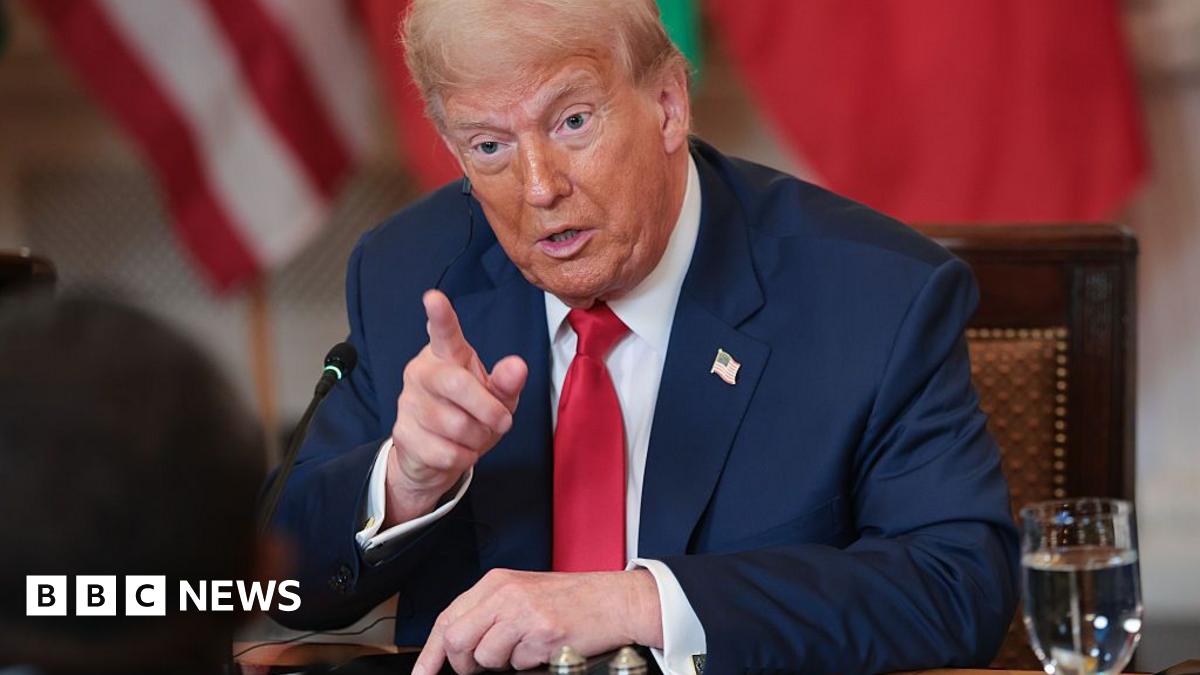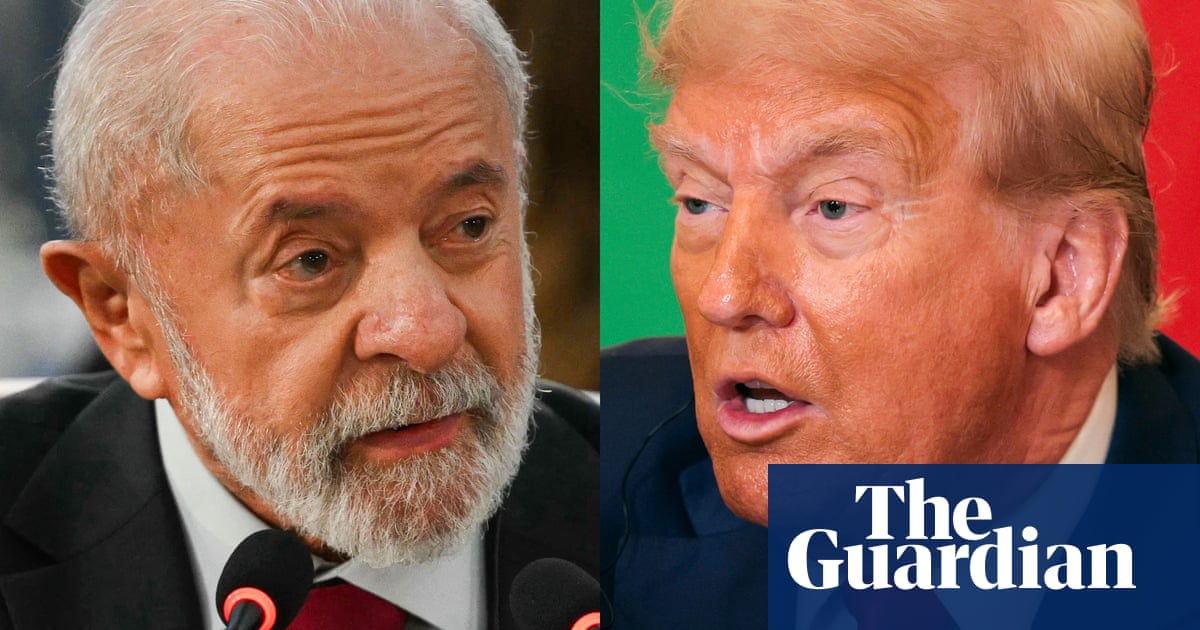Supreme Court Allows Trump Administration to Proceed with Department of Education Layoffs

In a significant ruling this week, the U.S. Supreme Court has given the Trump administration the green light to proceed with plans to terminate hundreds of employees within the Department of Education. This decision marks a pivotal moment in President Donald Trump’s broader strategy to dismantle the agency, which has been a focal point of debate regarding its power and role in American education.
The court's order came as a response to an earlier ruling made by a Massachusetts judge that had blocked the administration from dismissing over 1,300 employees. By overturning this injunction, the Supreme Court has sided with the executive branch, allowing Trump to carry out mass layoffs as part of his ongoing efforts to streamline the federal workforce.
Expressing her satisfaction with the ruling, Education Secretary Linda McMahon emphasized the significance of the court’s decision, stating, “This is a real victory I think for the future of American education, and I'm so pleased with the Supreme Court’s ruling today.” In her remarks to Fox News, she reiterated her belief in the president's authority over the executive branch, highlighting that he holds ultimate control over staffing and administrative organization.
As customary for decisions issued from the emergency docket, the justices did not provide a detailed explanation for their ruling. However, it is clear that this decision reflects a trend of support from the conservative majority on the court for the Trump administration's agenda. The three liberal justices, however, expressed strong dissent, with Justice Sonia Sotomayor criticizing the majority's decision. She warned that the lifting of the injunction could cause significant harm, particularly in terms of educational opportunities and civil rights protections for students.
Sotomayor articulated her concerns when she stated, “Lifting the District Court’s injunction will unleash untold harm, delaying or denying educational opportunities and leaving students to suffer from discrimination, sexual assault, and other civil rights violations without the federal resources Congress intended.” Furthermore, she reinforced the notion that the president has a duty to uphold the law rather than dismantle it, emphasizing the importance of maintaining the separation of powers within the government.
In March, President Trump had signed an executive order instructing McMahon to take steps towards the elimination of the Department of Education. The administration and its Republican allies contend that the agency wields excessive influence over state education systems. However, it is crucial to note that the Department of Education does not dictate school curriculums or controls hiring practices in educational institutions. Its primary functions include the disbursement of financial aid to K-12 schools and ensuring compliance with civil rights laws designed to protect students from discrimination based on various factors, including race, sex, and sexual orientation.
While complete dissolution of the Department of Education would require Congressional approval, which was established when the agency was created by an act of Congress in 1979, this recent ruling allows the Trump administration to effectively reduce the agency's influence by significantly diminishing its employee count.
A coalition of states spearheaded by New York had previously filed a lawsuit against the administration, arguing that the proposed layoffs were an unlawful attempt to dismantle the department without Congressional consent. In May, Judge Myong Joun ruled in favor of the states, asserting that the administration was overstepping its authority. However, Solicitor General John D. Sauer countered this argument, claiming that the layoffs were not part of an overall plan to eliminate the department and that the government would incur irreversible damage if forced to retain its employees. Ultimately, the Supreme Court sided with the administration, allowing these contentious layoffs to move forward.

























